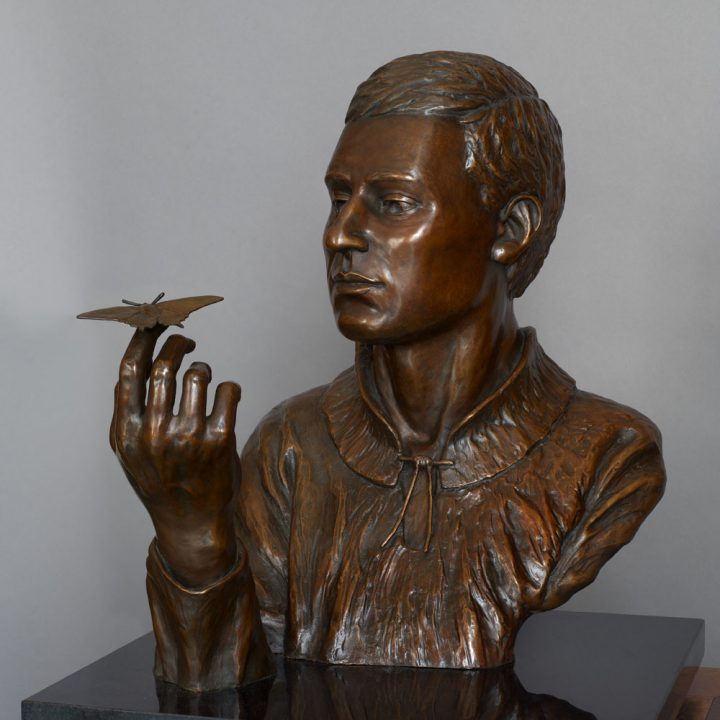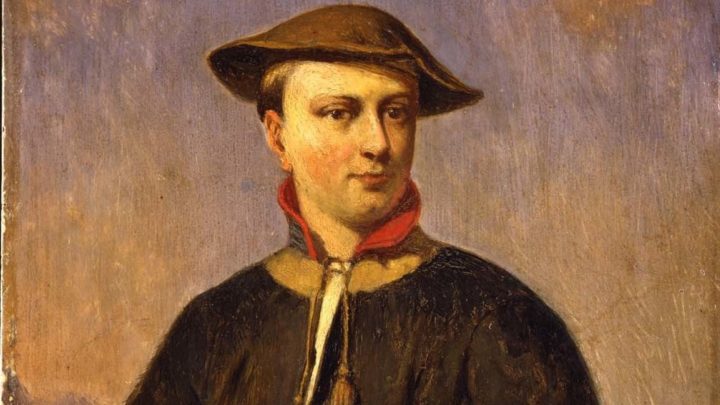Young Linnaeus
Linnaeus loved exploring nature in his garden from an early age. Here you'll find a short history of the early years of Linnaeus' life

Carl Linnaeus was born in 1707, the eldest of five children, in a place called Råshult, in Sweden. His father, called Nils, was a minister and keen gardener. He would often take his young son Carl into the garden with him and teach him about botany (the study of plants). By the age of five, Carl had his own garden, which gave him a great thirst for learning about plants and how they work.
Nils taught Carl that every plant had a name.
At the time, plant names (which were in Latin, and still are to this day) were very long and descriptive, and difficult to remember.
Nevertheless, Carl dedicated himself to learning as many as he could. In fact, at school he was often more interested in memorising plant names than in his school lessons. Due to his interest in plants and science, Carl was encouraged by his tutor, Johan Stensson Rothman (1684–1763), to study medicine.

In 1728, after spending a year studying medicine at the University of Lund, Carl Linnaeus transferred to Uppsala University, in the hope that the course would be better.
He studied the use of plants, minerals and animals in medicine. It was here that he came to the attention of Olof Celsius (1670–1756) a theologian (professor of religious study) and naturalist (studying natural history). Celsius, who was uncle to Anders Celsius (the inventor of the Celsius thermometer), found Linnaeus studying in the university botanic garden—and was very surprised to find that the young man knew the names of all the surrounding plants.
Linnaeus had very little money and Celsius offered him a place to live while at university and allowed him to use his library. During this time, Linnaeus wrote an essay on the classification of plants based on their sexual parts and one professor, Olof Rudbeck (1660-1740), was so impressed that he asked Linnaeus to become a teaching assistant in botany.
